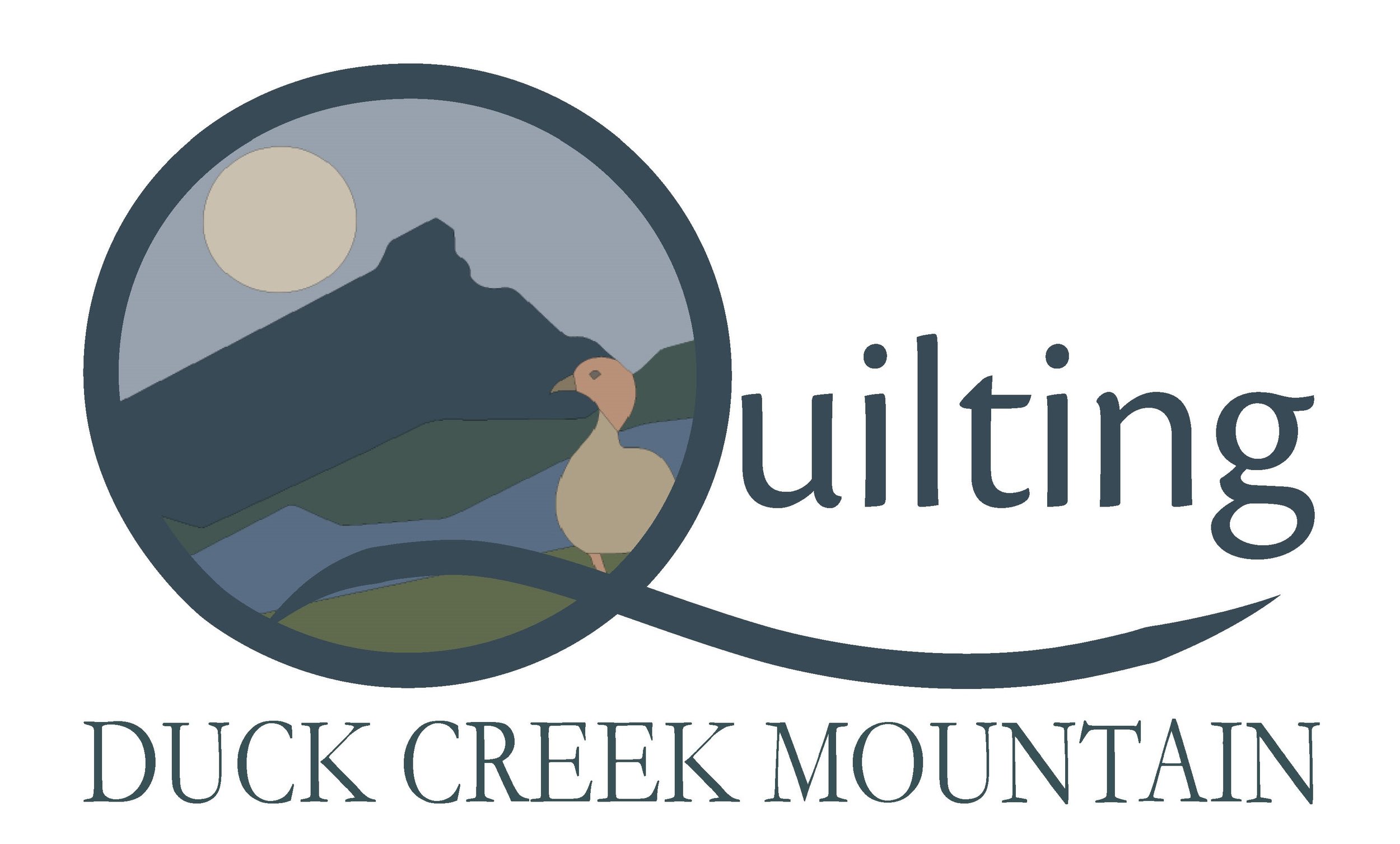Hot Off the Press! - Welcome to the 'Sew Much Fun' Bloghop
The ‘Sew Much Fun’ bloghop is all about sewing notions, fun with fabrics and quilting. Here is my 6 inch block celebrating that all important process of pressing. I played with presentng the iron from a side view and doing a bit of FPP but, the face on version with the steam holes and the power cord is the one I liked the best.
Blue iron - appliqued steam holes
Orange iron - eyelet steam holes
Green iron - reverse applique steam holes
Applique, Eyelets, or Freezer paper reverse applique - making the steam holes.
Blue iron - applique dots
I tried three different ways of doing the steam holes. The first method I tried was to applique dots onto the iron fabric. This is fine except then they stood up from the backing fabric and I thought they would look better if they looked like they were behind the iron fabric.
Orange iron - eyelet holes
So my next idea was to make eyelet holes. Now normally with an eyelet, you don’t cut the fabric, you just push the threads out of the way with an awl until your hole is big enough and then blanket stitch the edge. My holes needed to be a little bigger, so I did end up clipping the hole and I really did not like the end result. The blanket stitch made the eyelet hole look like the iron was dirty with a lot of gunk around the steam holes.
Green iron - reverse applique with freezer paper.
My third idea was to do reverse applique using freezer paper. So, I ironed the freezer paper to the back of my fabric and then clipped around the hole. I pressed the clips to the back, and hand stitched them down to the steam hole fabric. I could have used mock hand applique, but it was only a little bit of sewing, so I did it by hand with a fine thread. I then clipped the steam hole fabric around each steam hole so I could pull the freezer paper off in one go.
Iron freezer paper to wrong side with dots cut out
Clip circles and push clips to back of work
Front of work, applique to steam hole fabric.
Sewing curves.
The next challenge was sewing the iron in. Initially I made the point of the iron at the top of the block, but I decided that was a silly idea, why risk chopping off the point? So I lowered the point of the iron which meant I could cut a single piece from the backgound and basically have two relatively shallow curves to sew together. To make my life really easy, I clipped the curve before sewing the seam.
This is not the usual way of doing things, but if you clip to 1 mm away from the seam (think a couple of threads), on the background fabric only, it is easier to match and pin the curves. I sewed from the point down on each side, rather than sewing one continuous seam, though that works too, just remember foot up, needle down to pivot at the point of the iron.
Clip the background seam allowance and sew to iron fabric
Sewing Bias Strips with Mock Hand Applique
To make the base and cord of the iron, I had to sew a bias strip into the seam to represent the iron cord. The cord needed to be placed near the top of the base, just to make sure I had plenty of space at the bottom so it wouldn’t catch in the seam allowance. I made a very quick bias strip by using prepared bias and cutting off one fold and then pressing down the middle. This gave me a bias strip about a quarter of an inch wide (3/4” cut, 1/4” folded). The narrower the strip, the easier it is to make the curves. I let the bias strip dictate the wiggliness of the cord, pinned it and mock hand appliqued it down. I use invisifil for hand applique or bottom lne for mock hand applique so the thread sits nicely in the fabric. I use what is basically a very small hemstitch for mock hand applique. The stitch sews straight along the backgound for about three stitches and then does one zigzag to catch in 1 or two threads of fabric only of the bias strip. I match the thread to the bias strip. You can see it is very hard to see, especially compared to my hand buttonhole stitches.
Place bias strip close to iron, about 3/8” from raw edge of background fabric, so the raw edge is sewn into the seam when the green and white strips are sewn together.
Use mock hand applique to sew the bias strip down in a curve
Here are the links for the patterns already published
Dragonfly's Quilting Design Studio
Orange Blossom Quilt Design Studio LLC
And here are the links to the websites for the next three weeks.
Here is the link to the giveaway.









